Restraints 101: Leather vs Metal
Consent-first • Evidence-based • Beginner Friendly
Restraints 101: Leather vs Metal
By Jacques Dupont-Smith • Updated September 29, 2025
We compare BDSM restraints—leather restraints and metal restraints—to help intermediate players and curious couples choose comfort, control, and safety. Learn cuff fit, padding, D-rings, double-locking handcuffs, hardware quality, and at-home setup for confident scenes.
Quick answer: Leather cuffs are comfortable, adjustable, and beginner-friendly. Metal cuffs offer rigidity and aesthetic but increase pressure points and require careful sizing and keys. For most beginners, padded leather (or faux leather) with quick-release hardware is the safest start.
Key Takeaways
- Consent & circulation come first: time limits, hand checks, and nerve awareness.
- Padded leather cuffs = comfort + adjustability; metal cuffs = rigid control but higher hotspot risk.
- Look for D-rings, smooth edges, and quick-release options for beginners.
- Size in inches with cm conversions; test two-finger spacing under straps.
- Travel? Consider hinged handcuffs with double-lock and spare keys—or packable leather sets.
Publisher: The Dildo Hub — privacy-first, consent-first education
Education content. Not medical or legal advice. Play within your limits, stay sober, and prioritize aftercare.
In this guide you’ll learn: how leather vs metal cuffs compare for comfort and control, how to size wrist/ankle restraints, when to use padded cuffs vs handcuffs, and how to set up safe at-home restraint play.
Consent, Circulation, and Nerve Safety (hand checks, time limits)
Hand checks & signals
Agree on non-verbal signals (green / yellow / red with tap/squeeze codes) when speech isn't possible (e.g. mouth gags). Check capillary refill: press a fingertip until it pales—color should return within ~2 seconds. When speecs
Circulation & nerves
Use the two-finger rule under straps. Avoid compressing the ulnar side of the wrist and the peroneal area at ankles. Limit continuous restraint to 10–20 minutes before a check-in.
Positions & time limits
Support joints; avoid arms pulled high behind the back for long durations. Rotate positions and release to stretch and shake out tingles promptly.
Leather Restraints
Fit, padding, D-rings, durability
Padded leather cuffs (or quality faux leather) distribute pressure evenly and resist edge bite. Look for interior foam or suede lining, rounded/finished edges, and reinforced stitching at stress points.
- D-rings at center for versatile attachment (clips, rope, spreader bars).
- Adjustable buckle range for wrists ~5.5–8.5 in (14–21.5 cm) and ankles ~7.5–11 in (19–28 cm).
- Removable double-connector straps for quick front-to-back transitions.
Why leather? Comfort, longevity, and a luxe aesthetic that suits bedroom play and longer scenes.
Metal Restraints
Materials (stainless, plated), double-locking, key management
Handcuffs vs cuffs: metal restraints deliver rigid control and a police-style look. Choose stainless or well-finished nickel-plated steel with double-locking handcuffs to prevent tightening during movement.
- Key management: keep two spares within reach; practice opening under low light.
- Consider hinged or rigid cuffs for limited rotation; chained for a bit more give.
- Mind hotspots at the radial/ulnar wrist; cushion with sleeve edges if needed.
Why metal? Taut control, distinct aesthetic, compact for travel—best with experience and careful monitoring.
When to Choose Which (scenarios & roles)
- Beginner comfort: padded leather wrist/ankle sets with center D-rings and quick-release hardware.
- Photo-aesthetic / roleplay: polished metal cuffs, hinged or rigid, for the iconic look—use short durations.
- Bedroom versatility: leather cuffs + under-bed restraint kit for multiple positions.
- Heavy-duty control: double-stitched leather with reinforced hardware or professional-grade hinged handcuffs.
- Travel / discreet: compact leather set with clip-in connectors; avoid taking handcuffs through security.
Sizing, Edges, and Hardware Quality
Measure wrists/ankles with a soft tape at the narrowest point; add 0.5–1.0 in (1.3–2.5 cm) for comfort. For leather, ensure multiple holes overlap your range; for metal, choose models with adequate pawl adjustment before double-locking.
- Edges: rounded and burnished on leather; no burrs on metal.
- Hardware: welded D-rings, solid rivets, quality buckles; avoid thin split-rings at load points.
- Connectors: rated carabiners or snap hooks for security; inspect springs periodically.
Setup Checklist (two-finger rule, circulation checks)
-
Agree signals & scene limits
Safe-word scale + tap/squeeze codes; set a 10–20 minute check-in timer.
-
Fit cuffs with two-finger spacing
Slide two fingers under the strap; adjust evenly to avoid hotspots.
-
Attach thoughtfully
Use center D-rings for symmetry; avoid joint torque; clip to anchor points you trust.
-
Check circulation & sensation
Look for color, warmth, and feeling in fingers/toes; release at numbness or sharp pain.
-
Double-lock metal cuffs
Set the double-lock to stop accidental tightening; keep keys within arm’s reach.
Comparison Table (comfort, control, risk, cost)
| Restraint Type | Comfort | Control | Risk | Cost | Best For |
|---|---|---|---|---|---|
| Padded Leather Cuffs | High | Medium | Low–Med | $–$$ | Beginners, longer scenes |
| Unpadded Leather | Med | Med–High | Med (edge bite) | $ | Budget sets, cosplay |
| Metal Handcuffs (Chained) | Low–Med | High | Med–High (hotspots) | $–$$ | Iconic look, short scenes |
| Metal Handcuffs (Hinged/Rigid) | Low | Very High | High (rotation limits) | $$ | Experienced control play |
Top Picks: Beginner / Photo-aesthetic / Travel / Heavy-duty
- Beginner — Padded leather wrist/ankle set with center D-rings and quick-release connectors.
- Photo-aesthetic — Polished chained handcuffs (double-locking) for the classic look; use short, monitored sessions.
- Travel — Compact leather kit with detachable links; packs flat and avoids key issues.
- Heavy-duty — Reinforced leather cuffs with welded hardware or hinged cuffs for maximum control (experienced users).
Units note: list strap lengths and hole ranges in inches with cm in parentheses; any weights in lb with kg in parentheses.
Frequently Asked Questions
Are leather cuffs safer than metal handcuffs?
For most beginners, yes. Padding and wider contact reduce hotspots and nerve compression when fitted correctly.
What’s the two-finger rule?
You should fit two fingers under the strap; any tighter risks circulation issues, any looser may cause chafing or escape.
Do I need double-locking cuffs?
Yes for metal. Double-locking prevents accidental tightening during movement, reducing nerve and skin injury risk.
How do I clean leather restraints?
Wipe with a damp cloth, dry fully, and condition lightly. Avoid soaking hardware. For metal, use mild soap and dry thoroughly.
Can ankle restraints be used on wrists?
Usually they’re too large. Choose wrist-specific cuffs for secure fit and proper D-ring alignment.
References
Further reading on circulation checks, restraint ergonomics, and aftercare from reputable education sources.
- Consent & communication primers for intimate contexts.
- Risk-aware kink safety overviews and first-aid basics.
- Leather care and metal hardware maintenance guides.


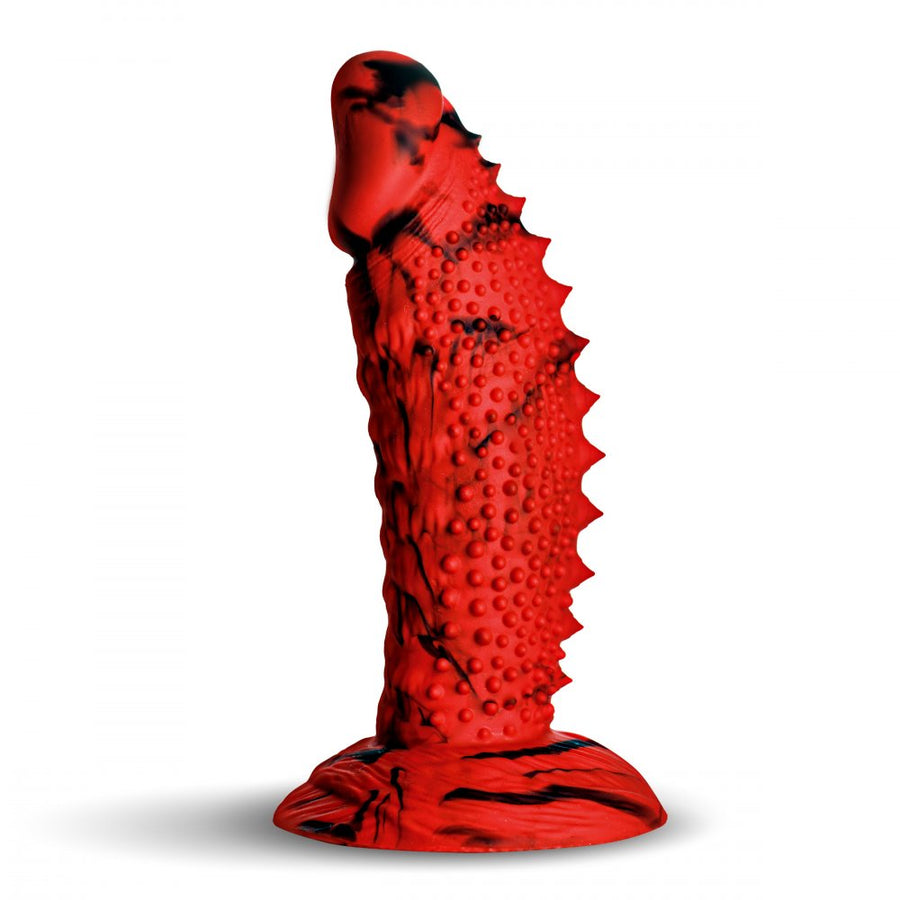
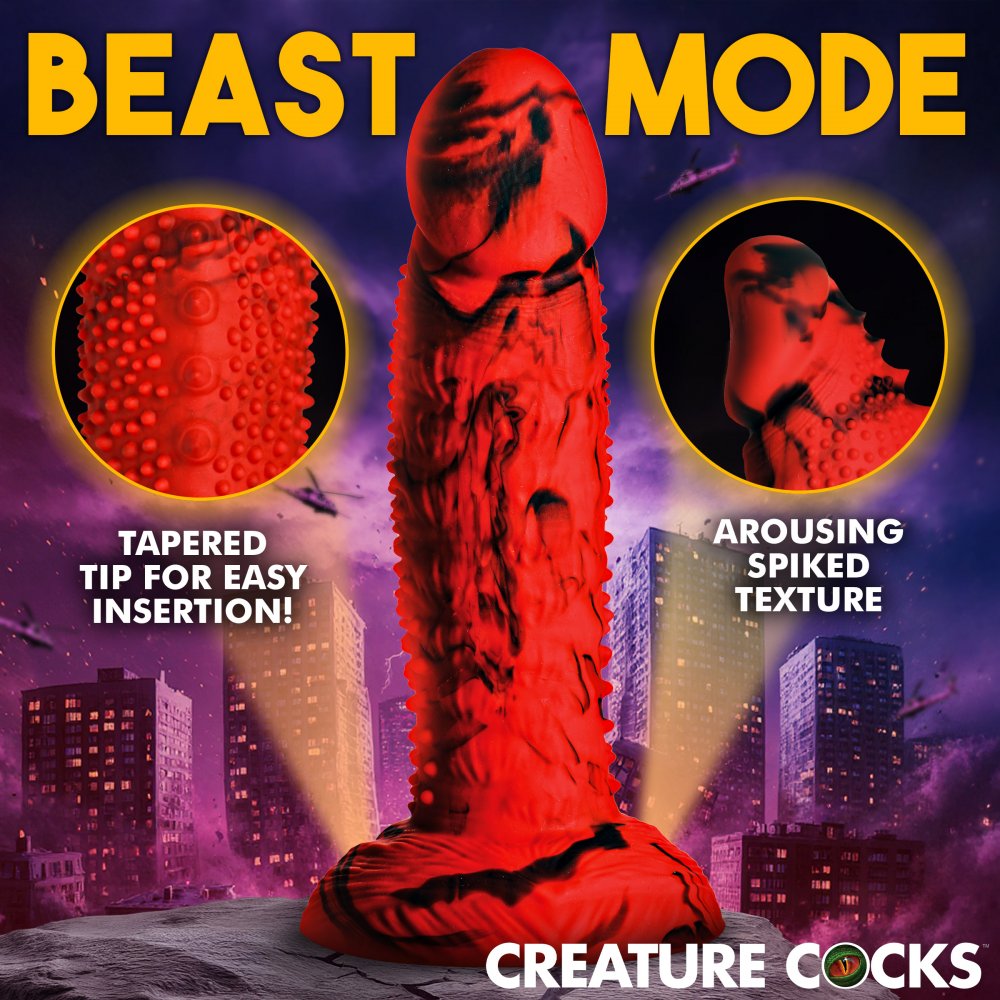
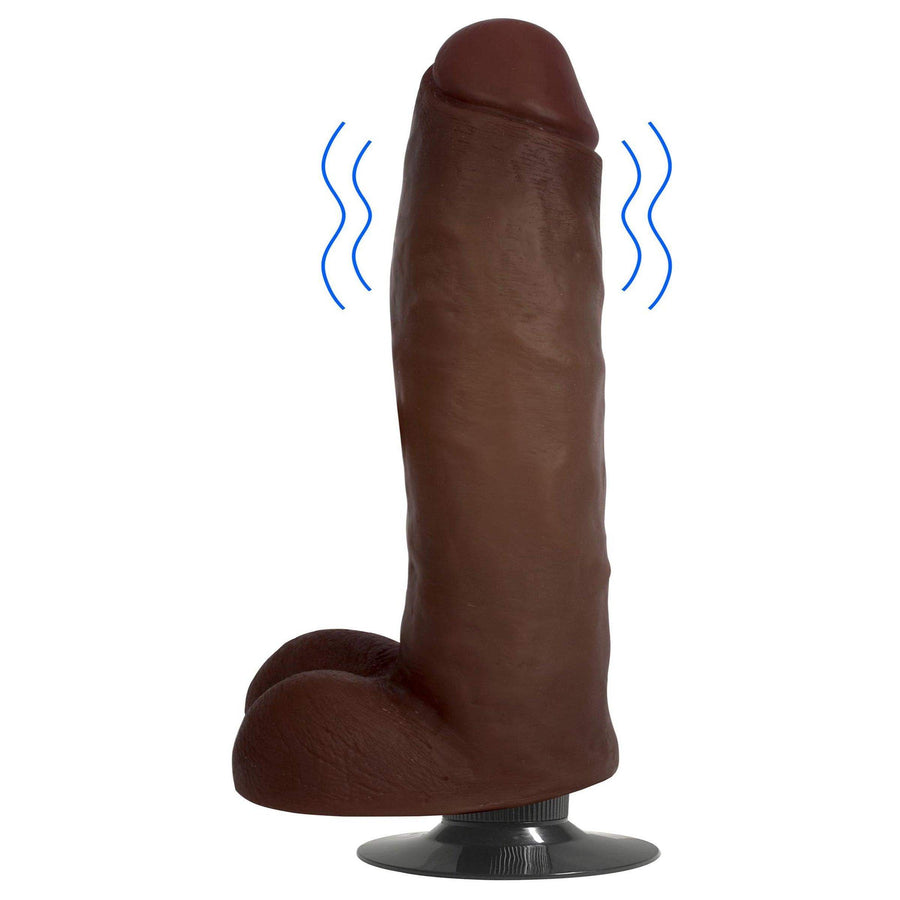
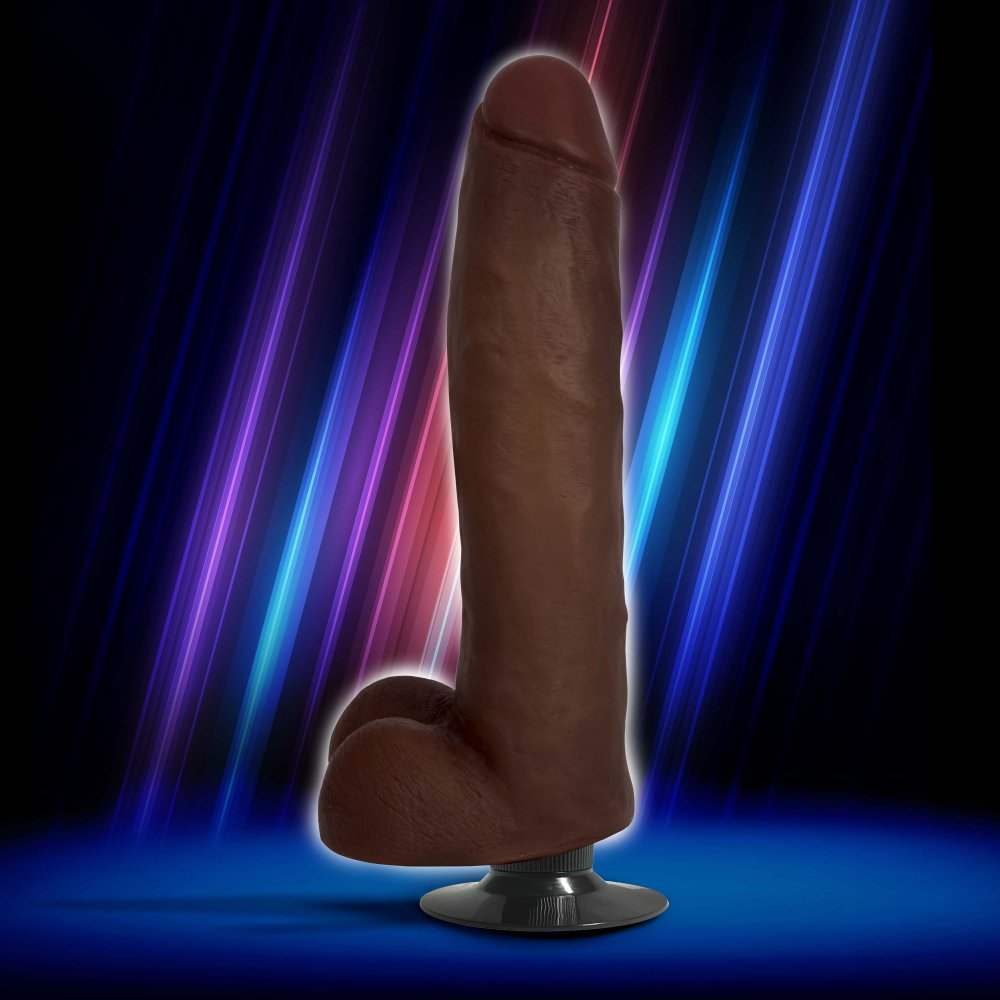
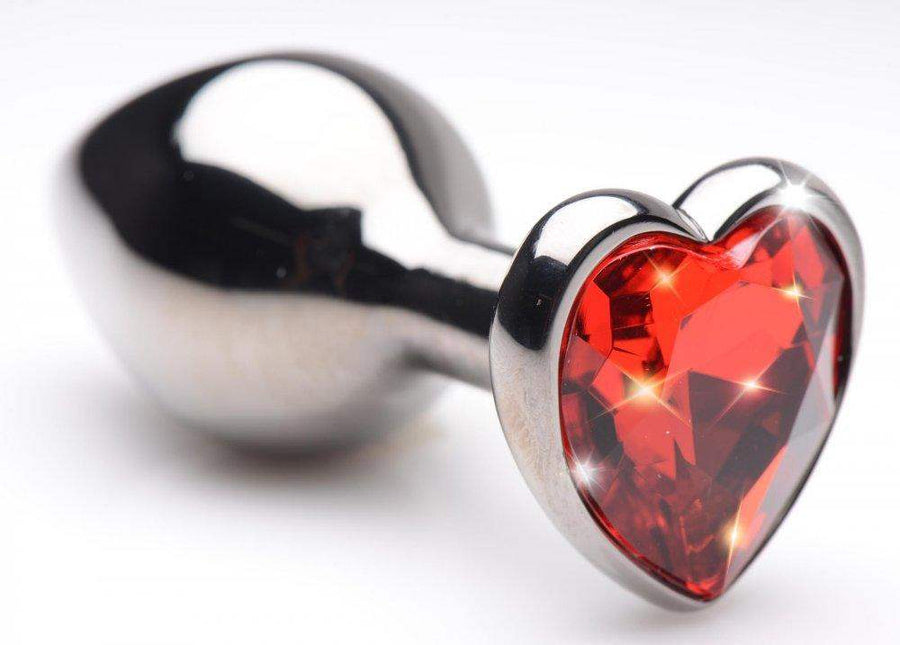
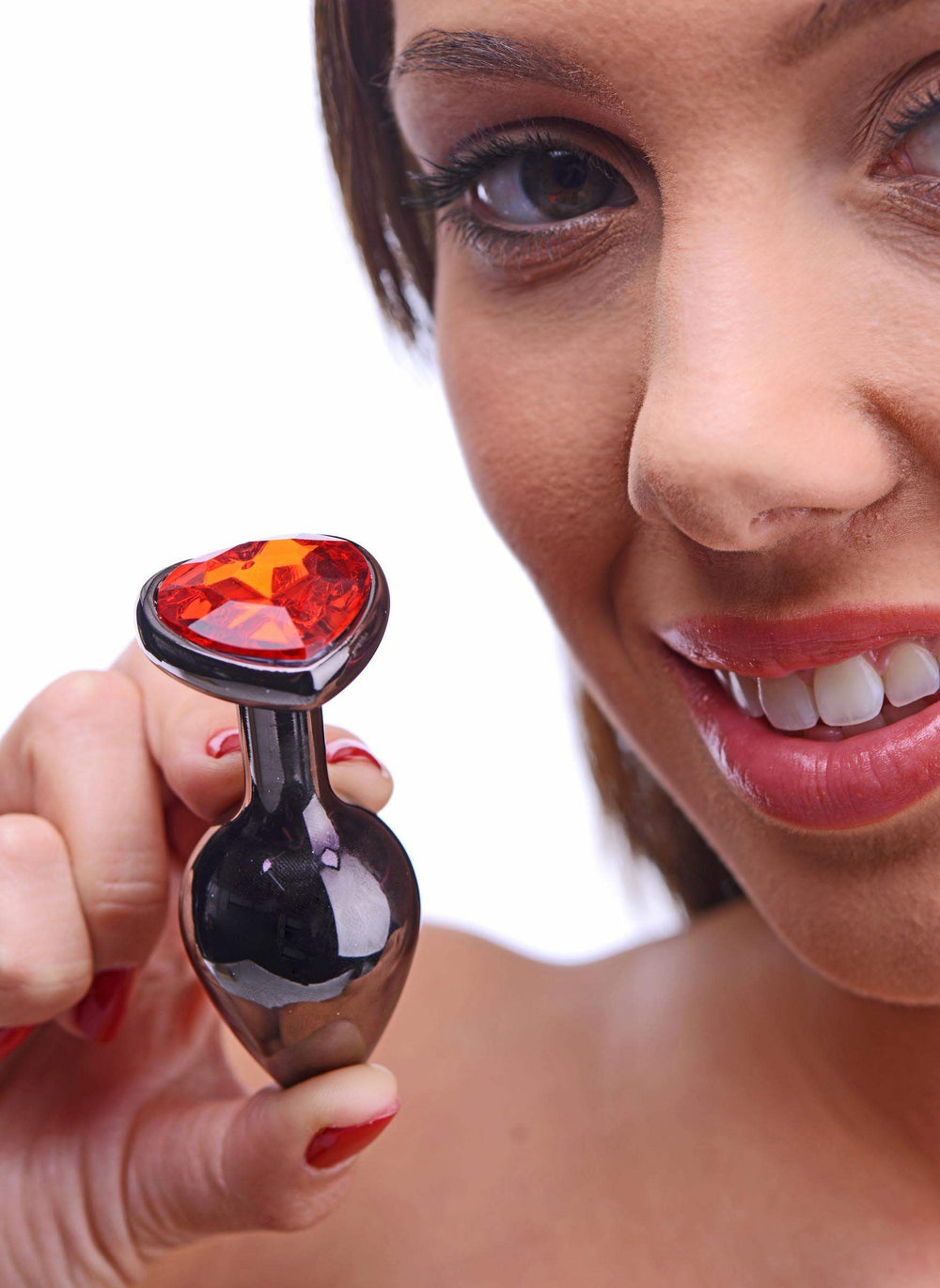
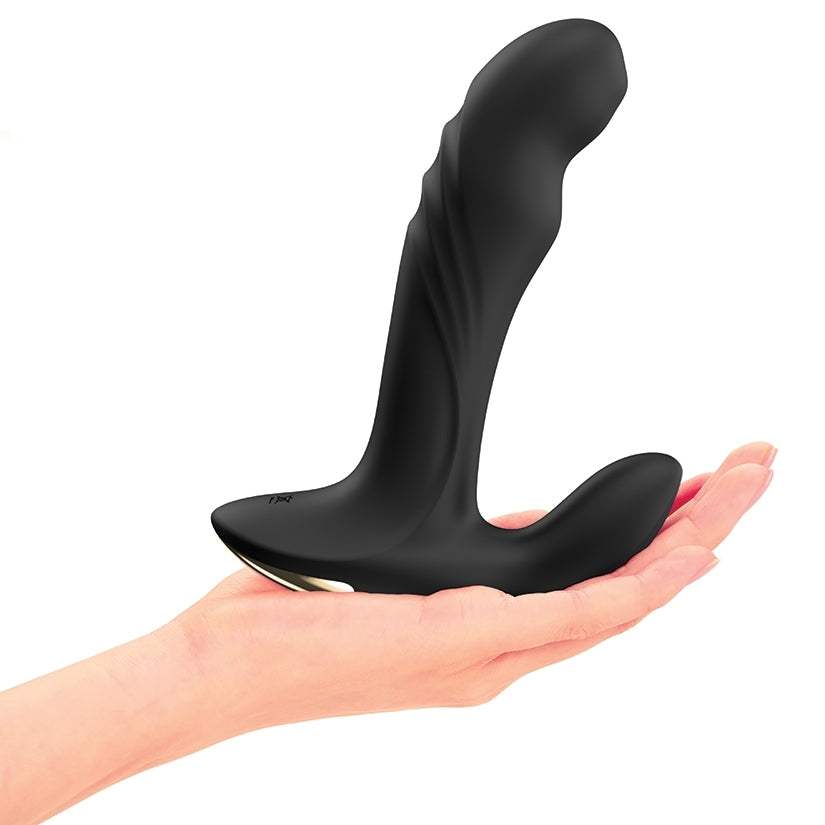
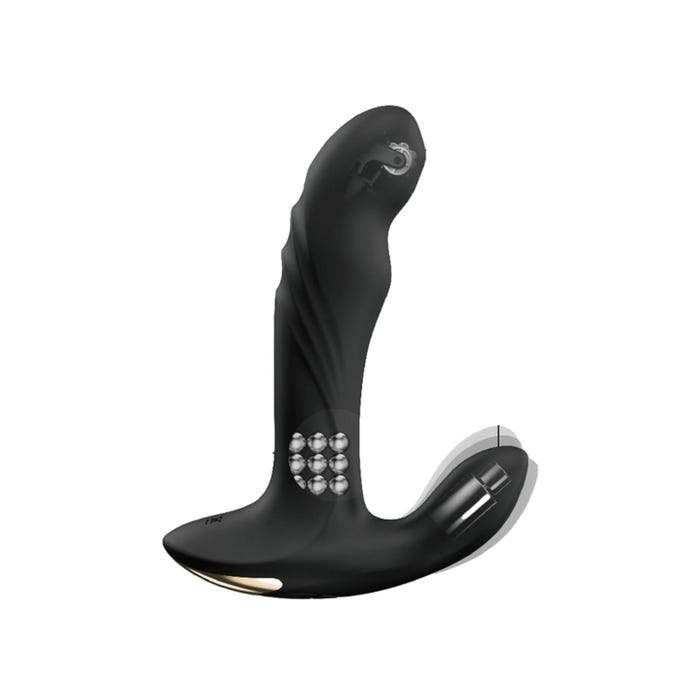
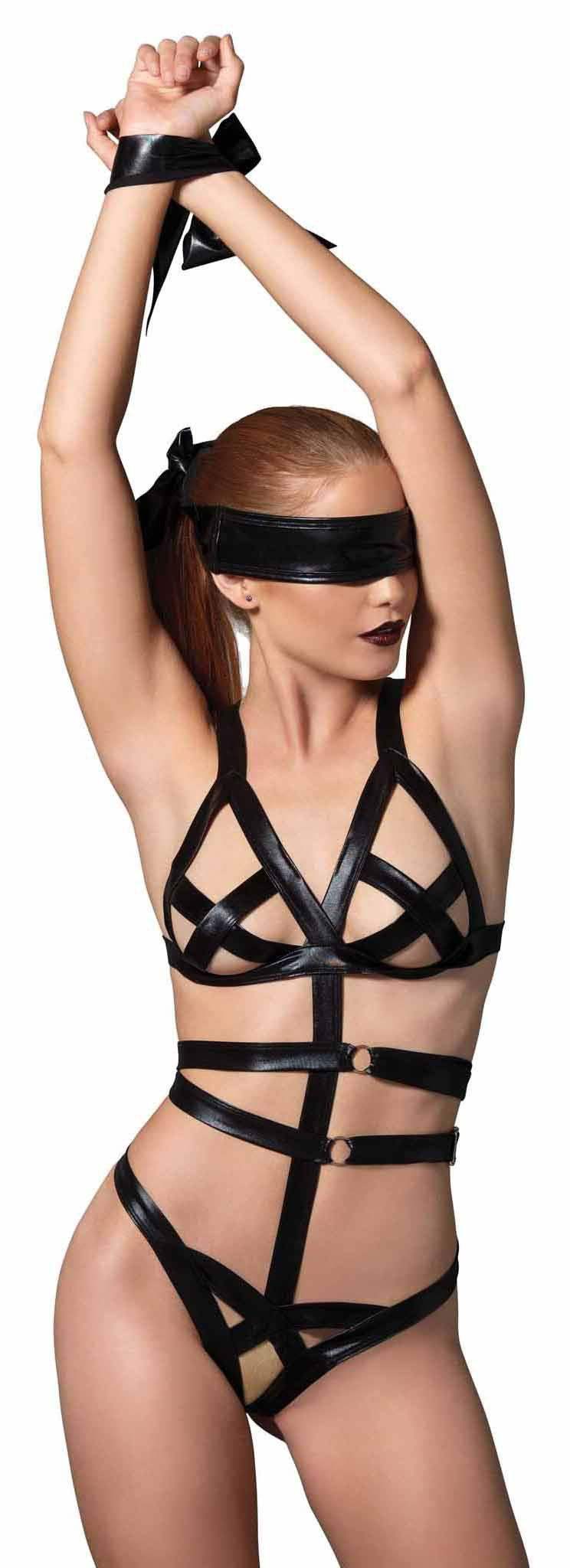
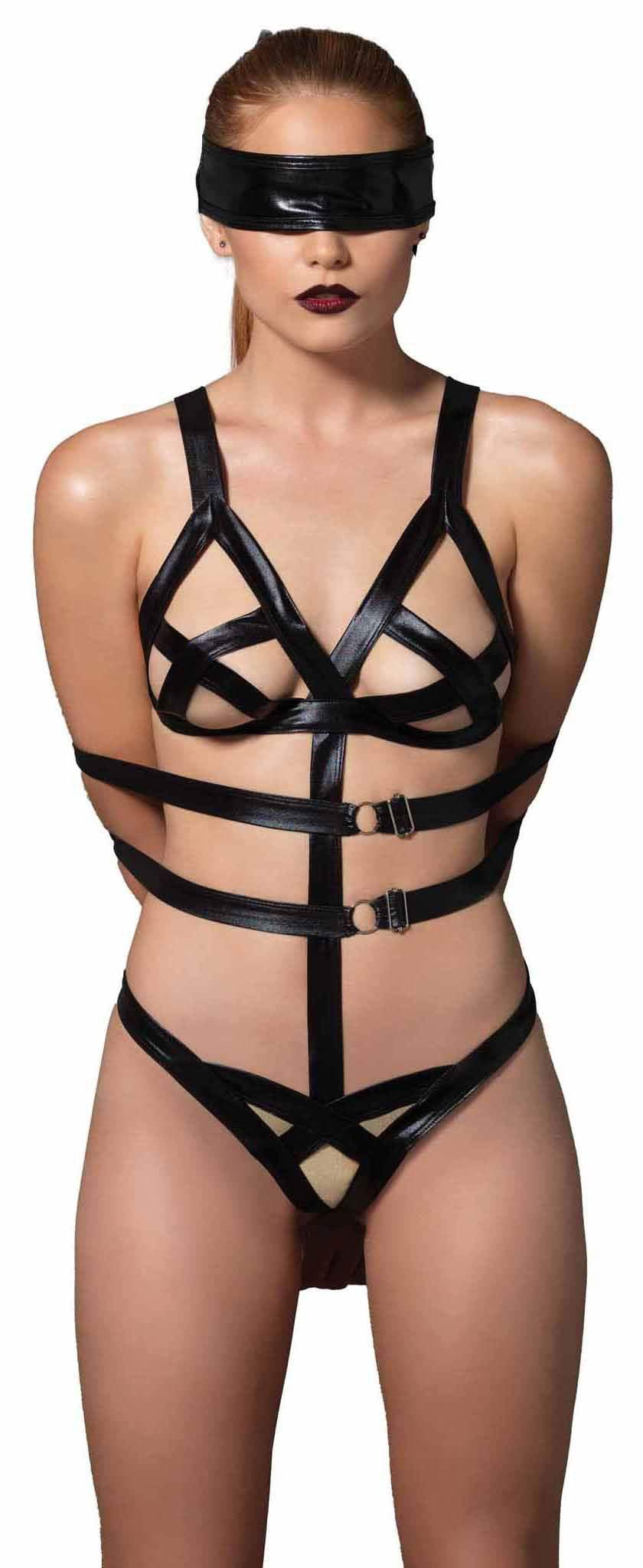
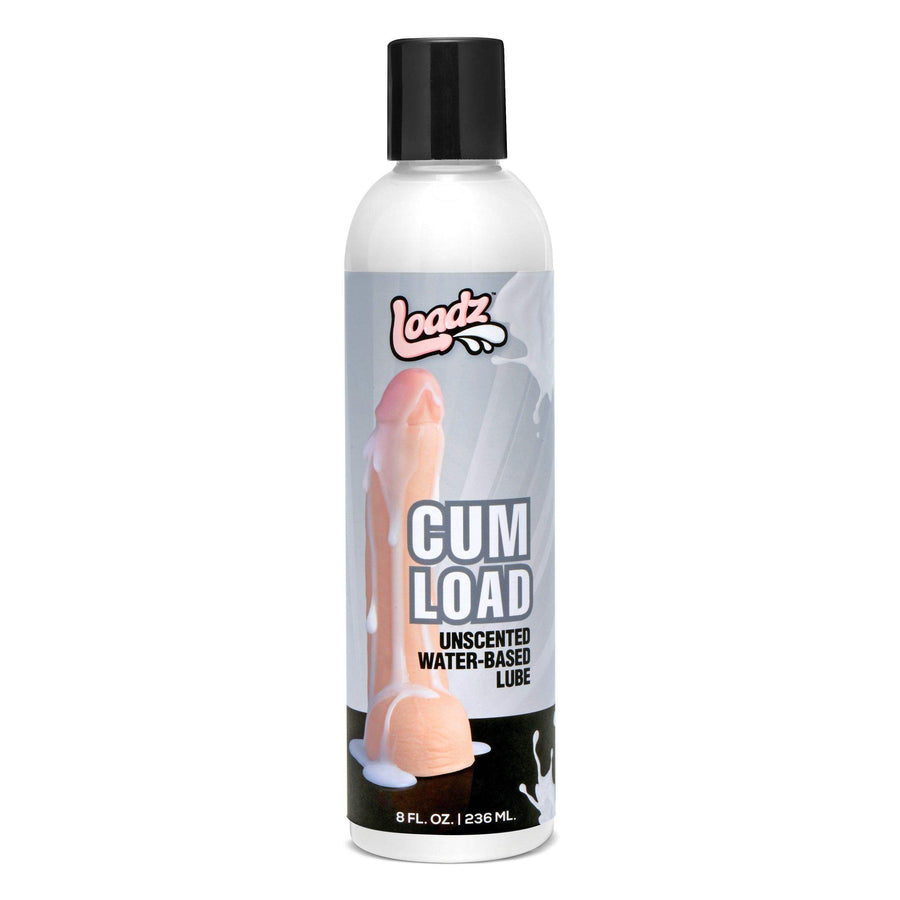
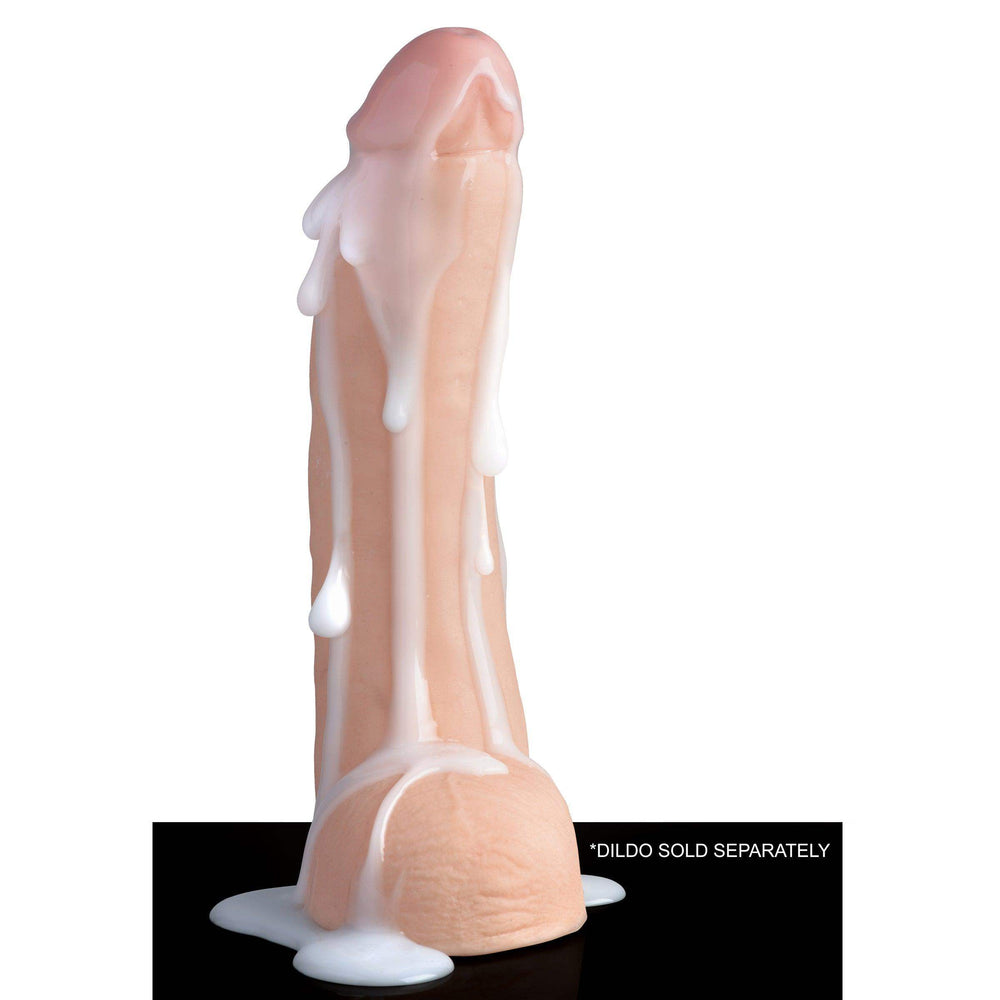
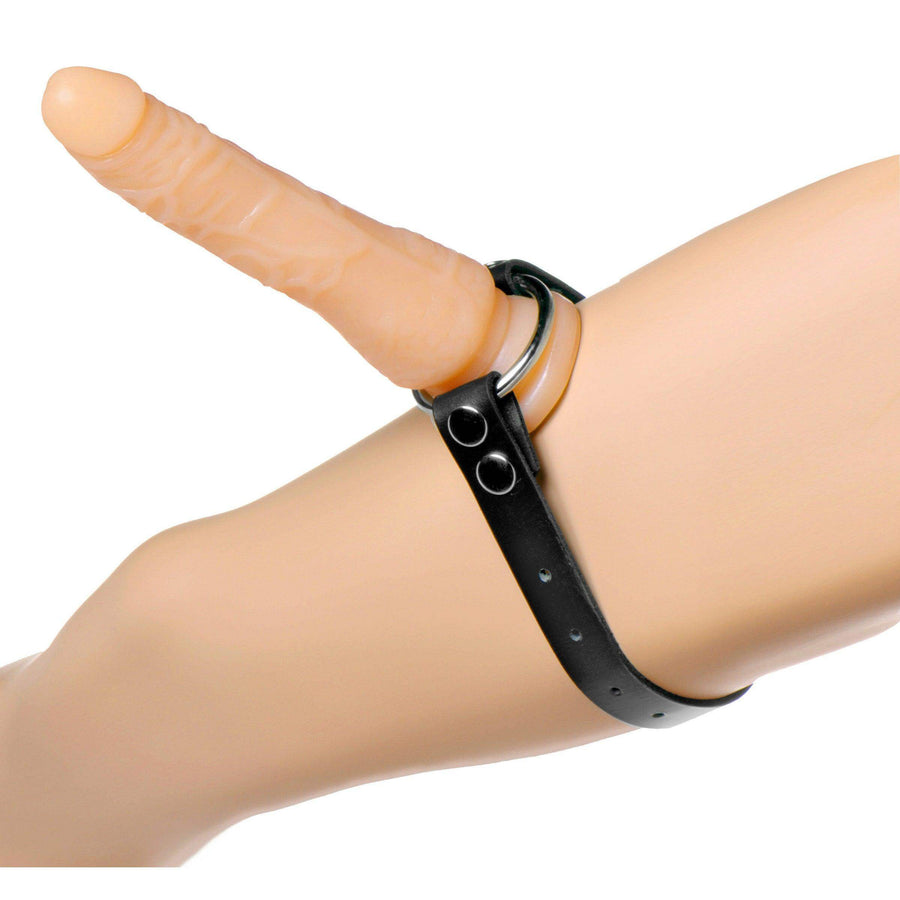
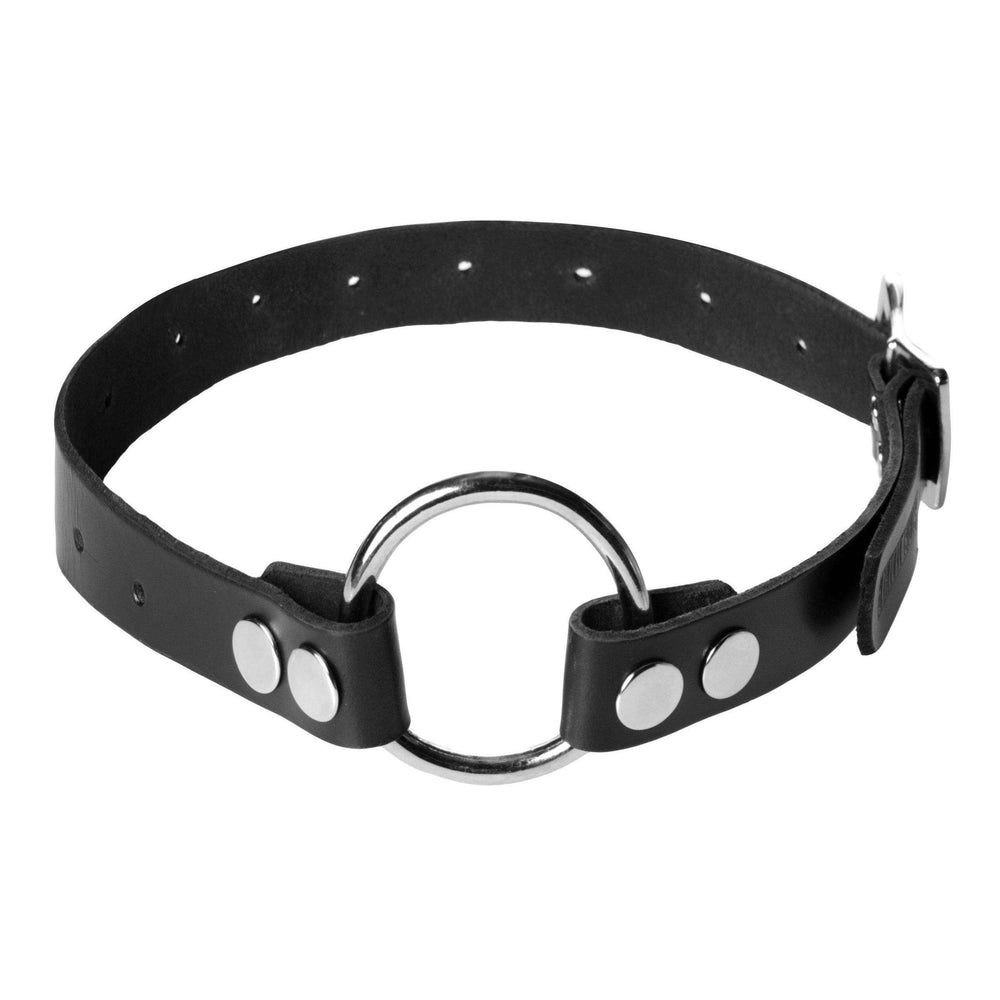
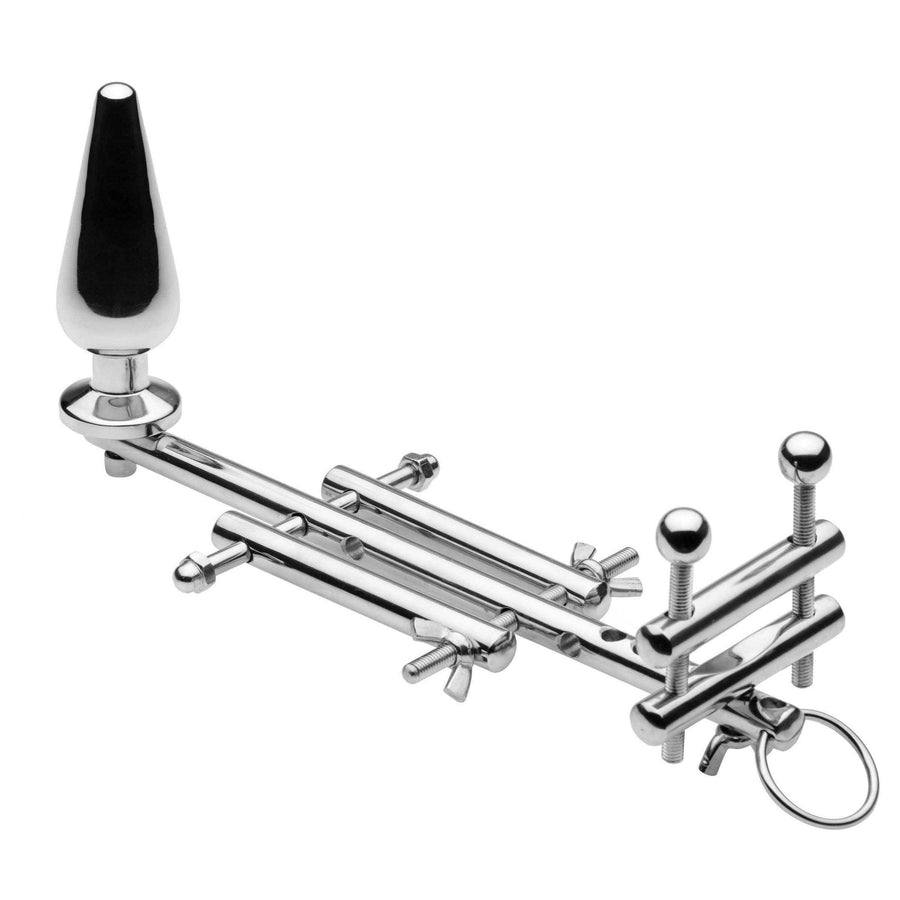
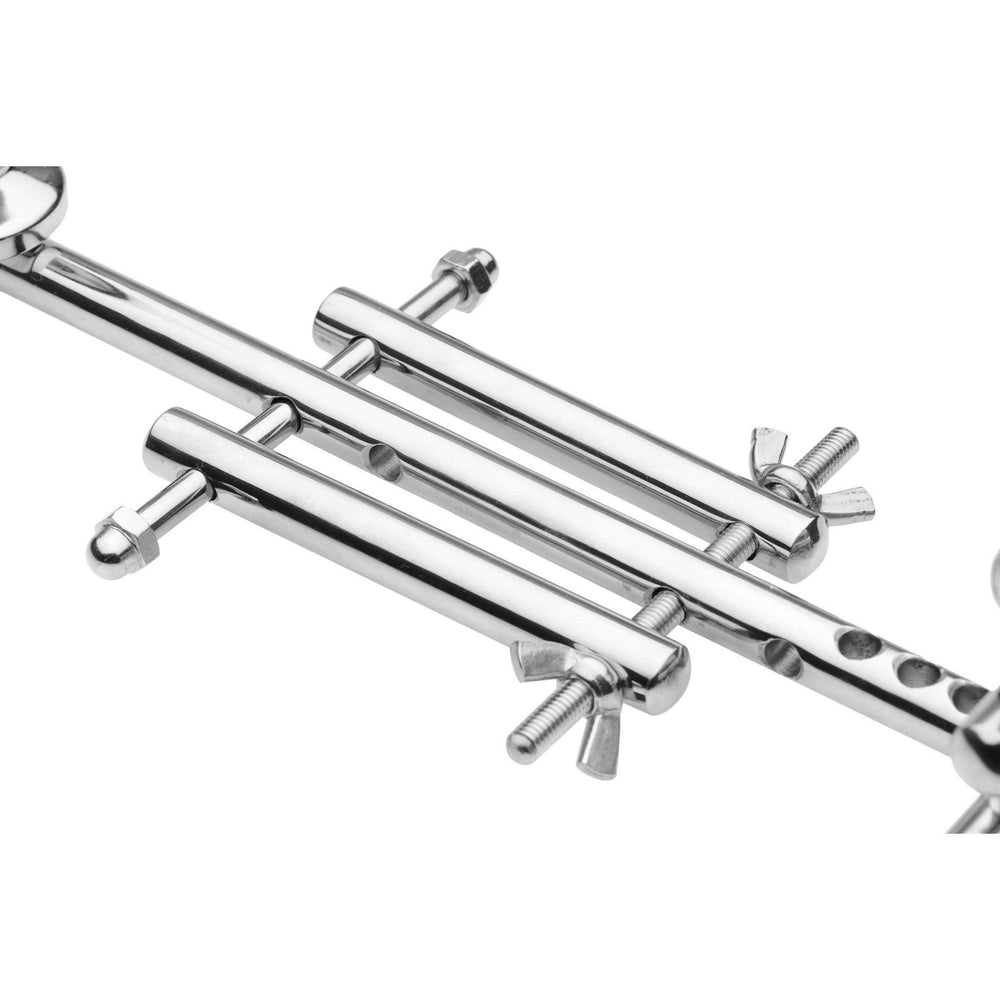
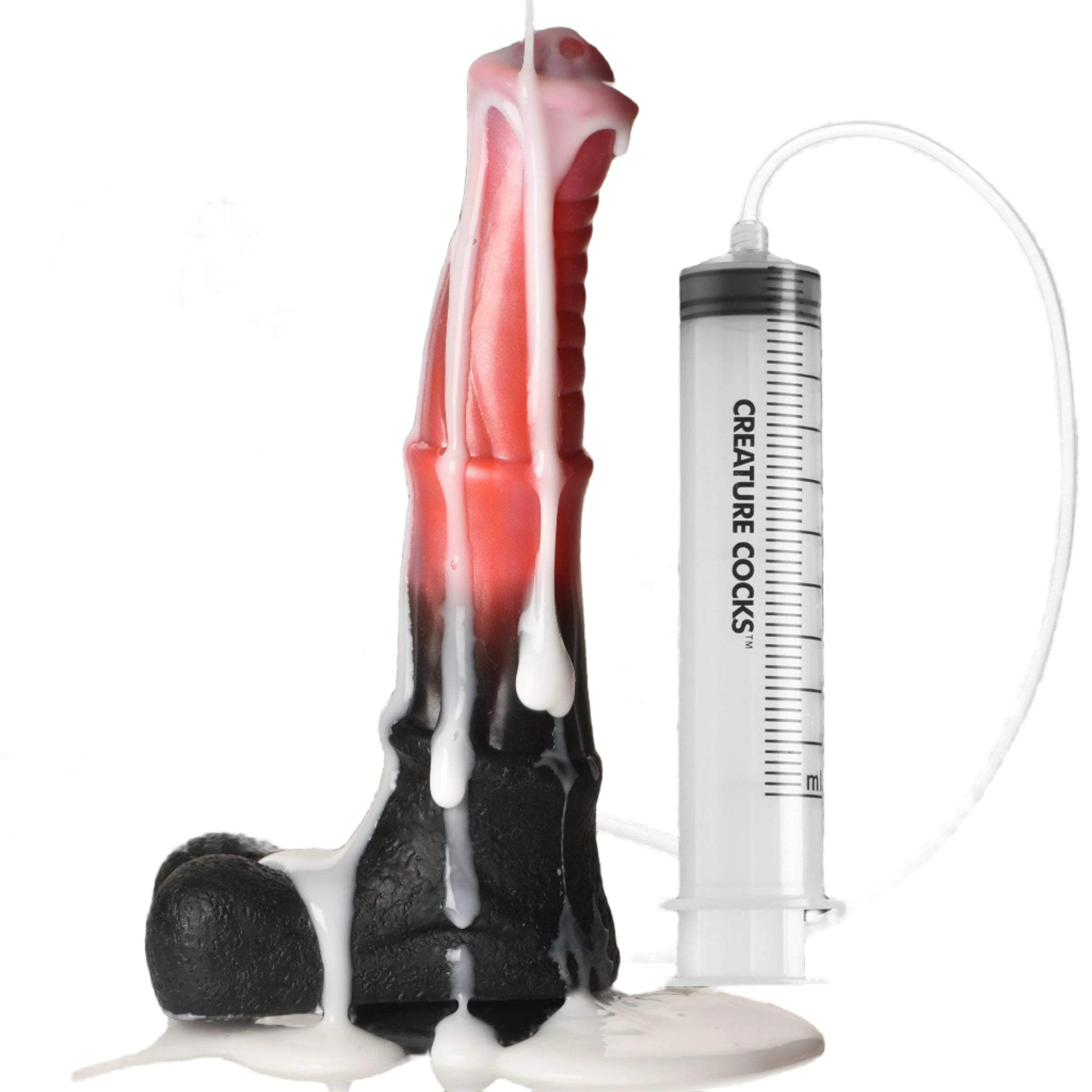
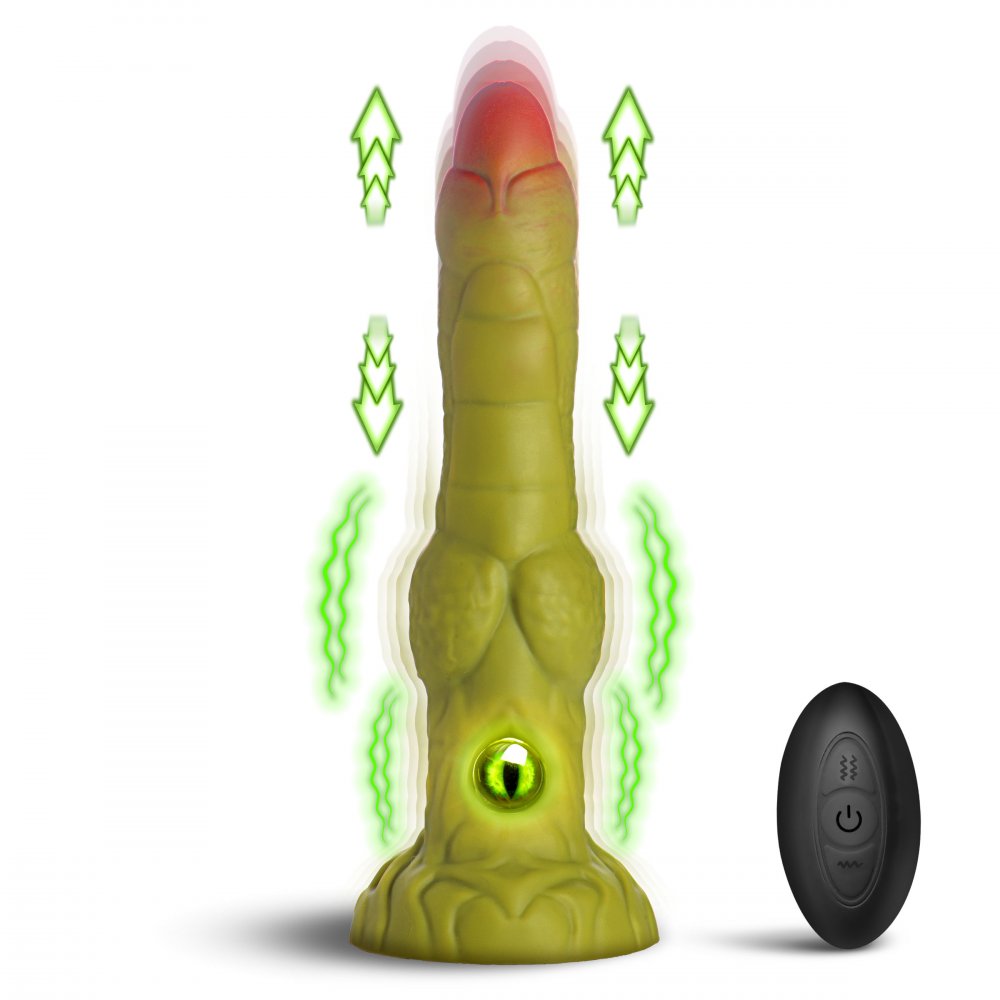
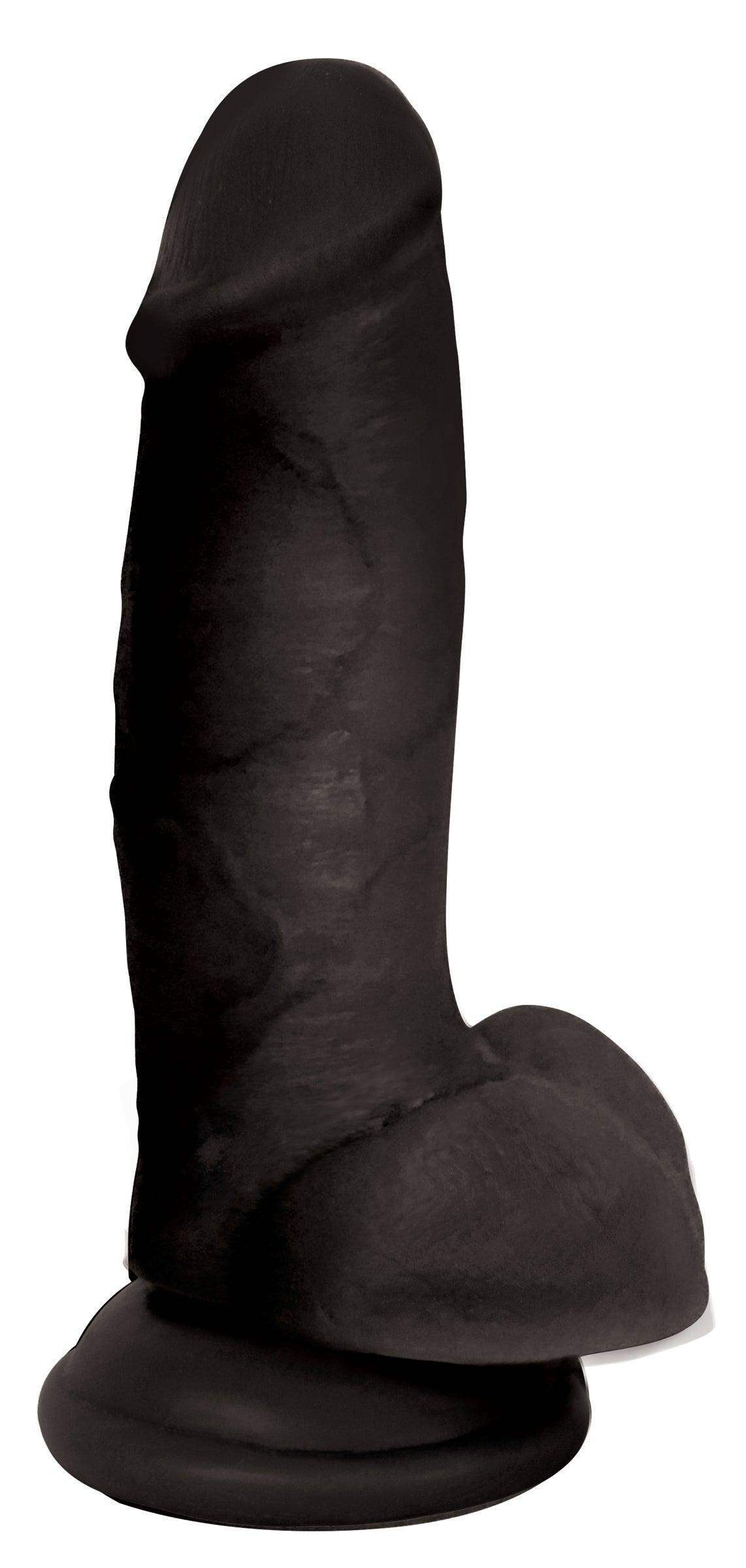




Leave a comment